MoMA Celebrates Japan’s Forgotten Architects
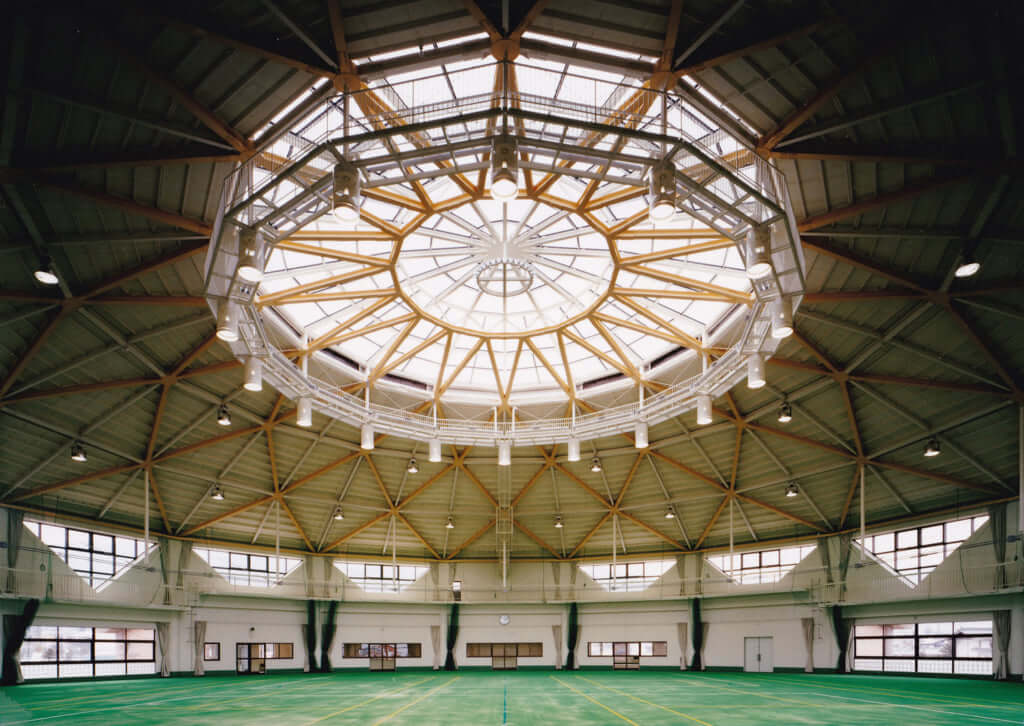
Kawaguchi Mamoru (architect and engineer) - Fureai Dome, Nagano Prefecture. Completed 1997 ©Photograph Kenta Mabuchi, Wikimedia Commons
Behind every renowned architect, there is a structural engineer behind the scenes. This hidden work, often unrecognised, is nevertheless indispensable to the longevity of monumental buildings created by architects throughout history.
This pair work, which is particularly prevalent in Japanese architecture, is highlighted by a new publication released by the Museum of Modern Art in New York, MoMA . Entitled Structured Lineages : Learning from Japanese Structural Design, the publication is directed by Guy Nordenson, a structural engineer from New York and professor at the architectural school at Princeton University.
A behind the scenes craft
Across 200 pages, Guy Nordenson complies archival images, essays and transcripts from round tables between specialists, notably that which took place in 2016 at MoMA during the exhibition A Japanese Constellation: Toyo Ita, SANAA and Beyond. This text provides the perfect entry point for getting to know the work of structural engineers which consists of calculating the dimensions of walls, supporting beams and angles designed by the architect, in order to ensure the stability of the construction. These engineers play an indispensable role, especially in Japan where the country is at frequent risks of earthquakes. While architectural discourse often takes place in an academic sphere, such concrete conversations are of equal importance.
Structured Lineages : Learning from Japanese Structural Design reveals the most fruitful collaborations between architects and engineers in Japanese architectural history through a number of emblematic buildings constructed in Japan since the Second World War. For example, while the work of Tange Kenzo, the architect behind the concrete-clad Saint Mary’s Cathedral in Tokyo is famous the world over, with its futurist lines and glass ceilings, the structural engineer whose work facilitated such a project, Tsuboi Yoshikatsu, is less well-known.
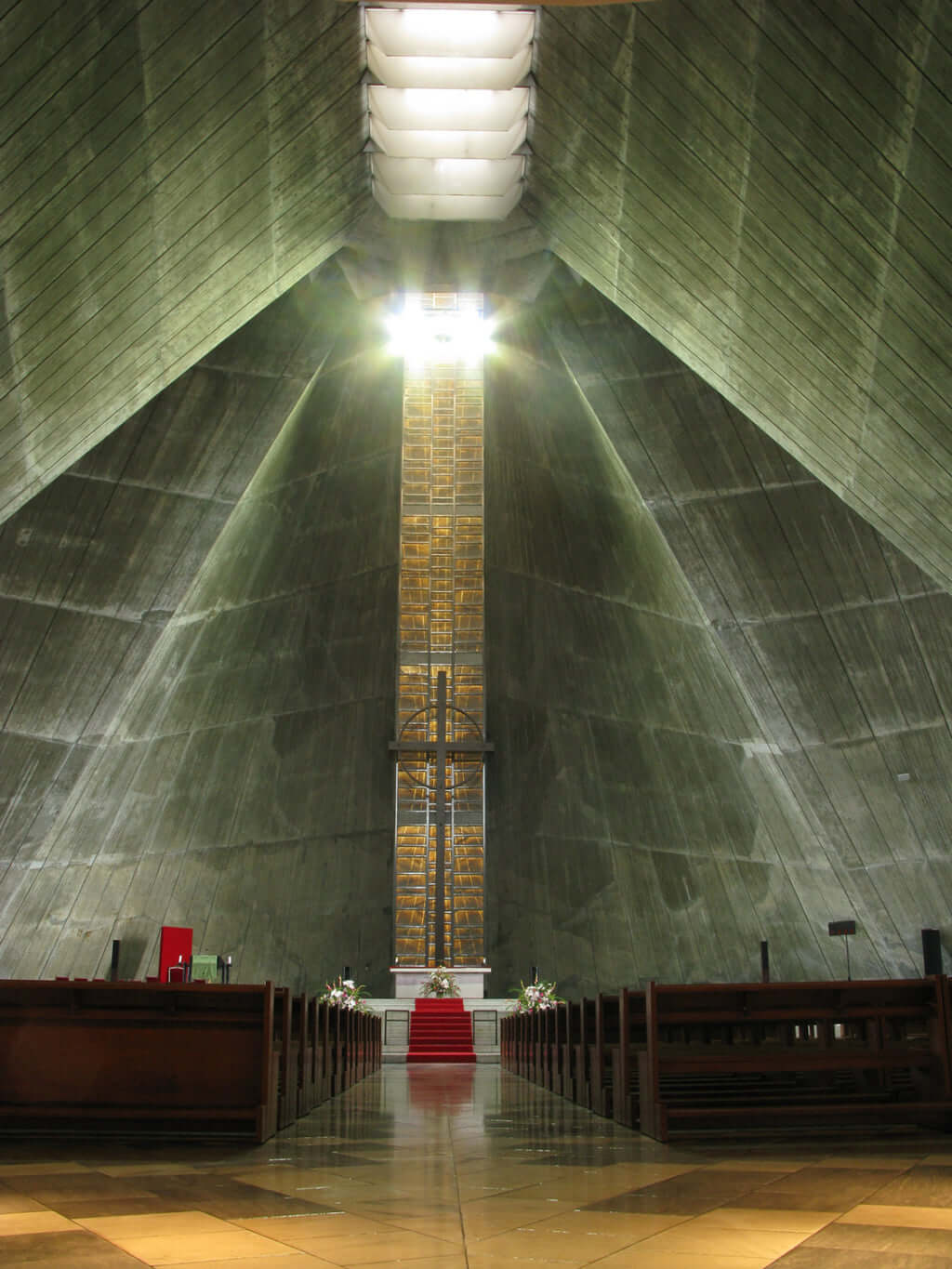
Tange Kenzo (architect) and Tsuboi Yoshikatsu (engineer) - Saint Mary’s Cathedral Tokyo (Interior view) Completed 1964 ©Wikimedia Commons
The art of transmission
There is a particular focus on the work of the structural engineers Kawaguchi Mamoru, Kimura Toshihiko, Matsui Gengo, Saito Masao, Sasaki Mutsuro and Tsuboi Yoshikatsu, allowing us to better understand their work and their relationship to architects. However the notion of transmission is equally present within the publication, demonstrated through the conversations transcribed from round tables where structural engineers form and influence young generations, as well as describing their own training with their mentors.
Far from being a purely theoretical text, reserved for those well versed in engineering or architecture, this work allows us to understand the often invisible threads which hold together architectural works, from the most simple to the most extreme. The number of pages given over to architectural and contemporary photographs allows the reader to discover a range of little-known works, that will surely inspire some to go and visit them themselves.
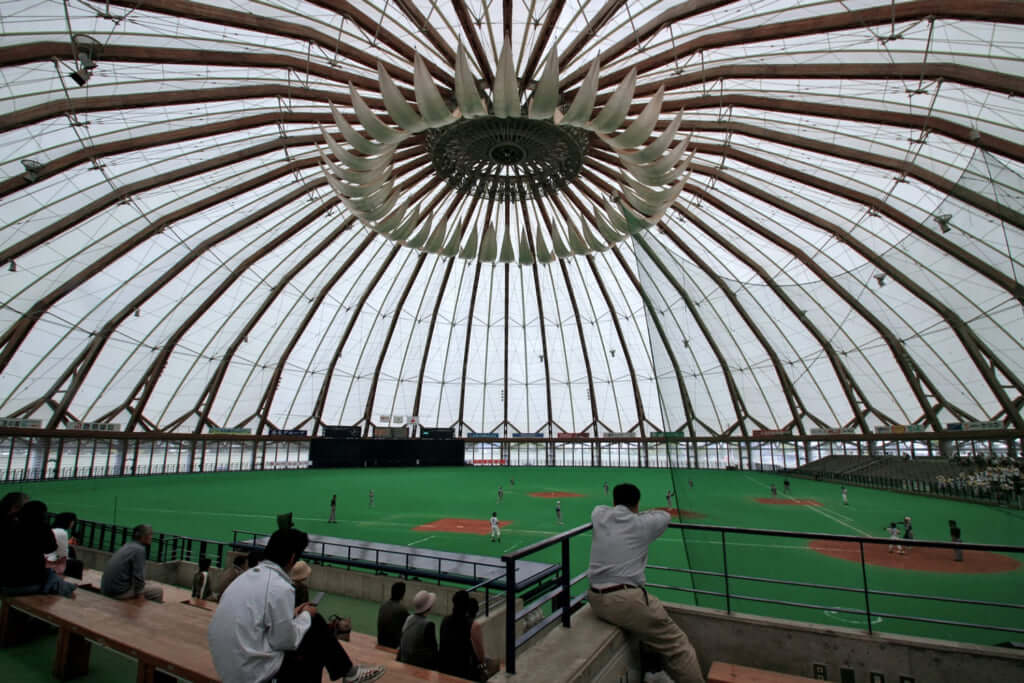
Kajima Design. Saito Masao (engineer). Izumo Dome Shimane (Interior view) ©Photograph Kenta-Mabuchi, Wikimedia Commons
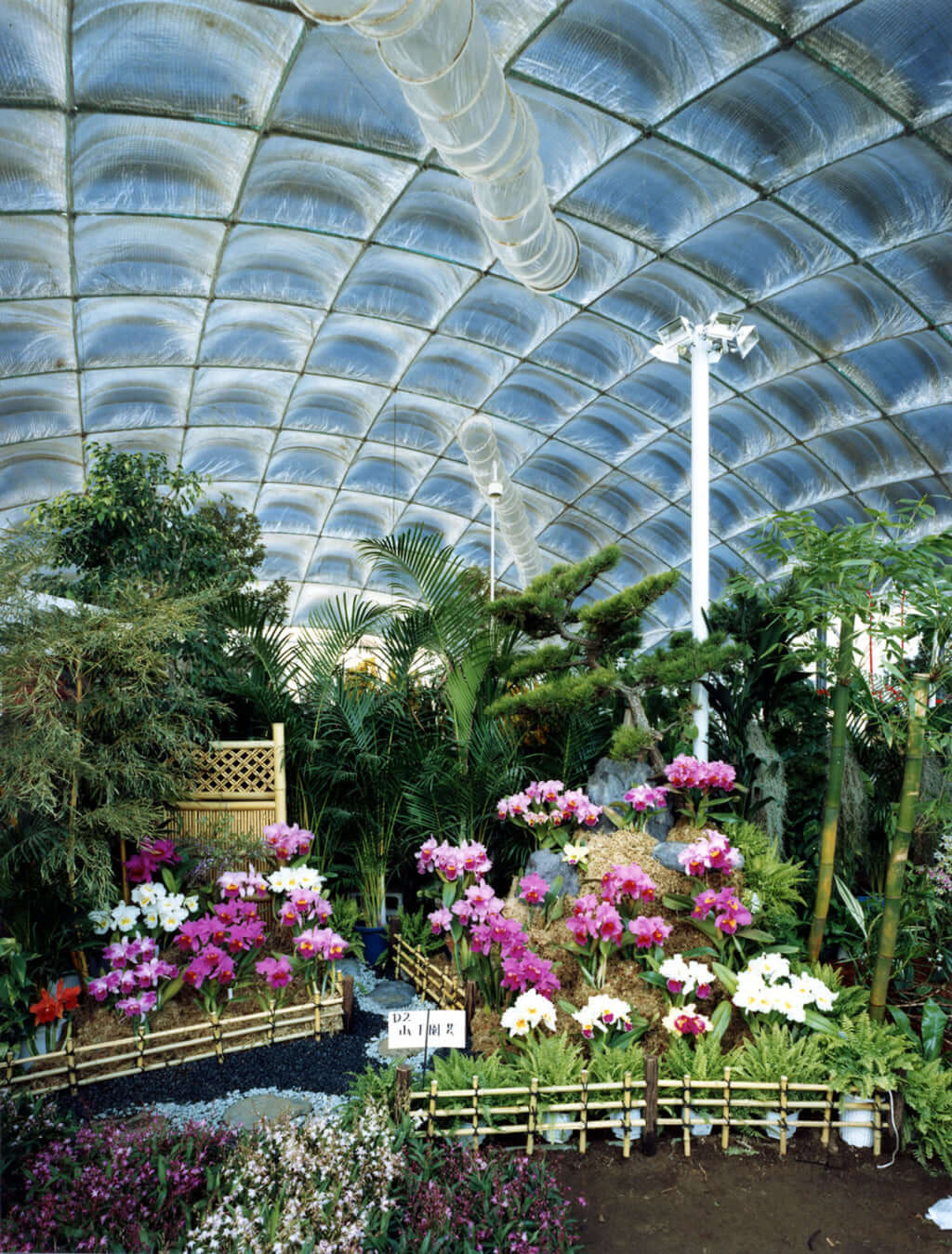
Murata Yutaka (architect). Kawaguchi Mamoru (engineer). 12th World Orchids Conference Pavilions, Kanagawa Prefecture ©Photograph by Kawaguchi Mamoru. Courtesy Kawaguchi & Engineers
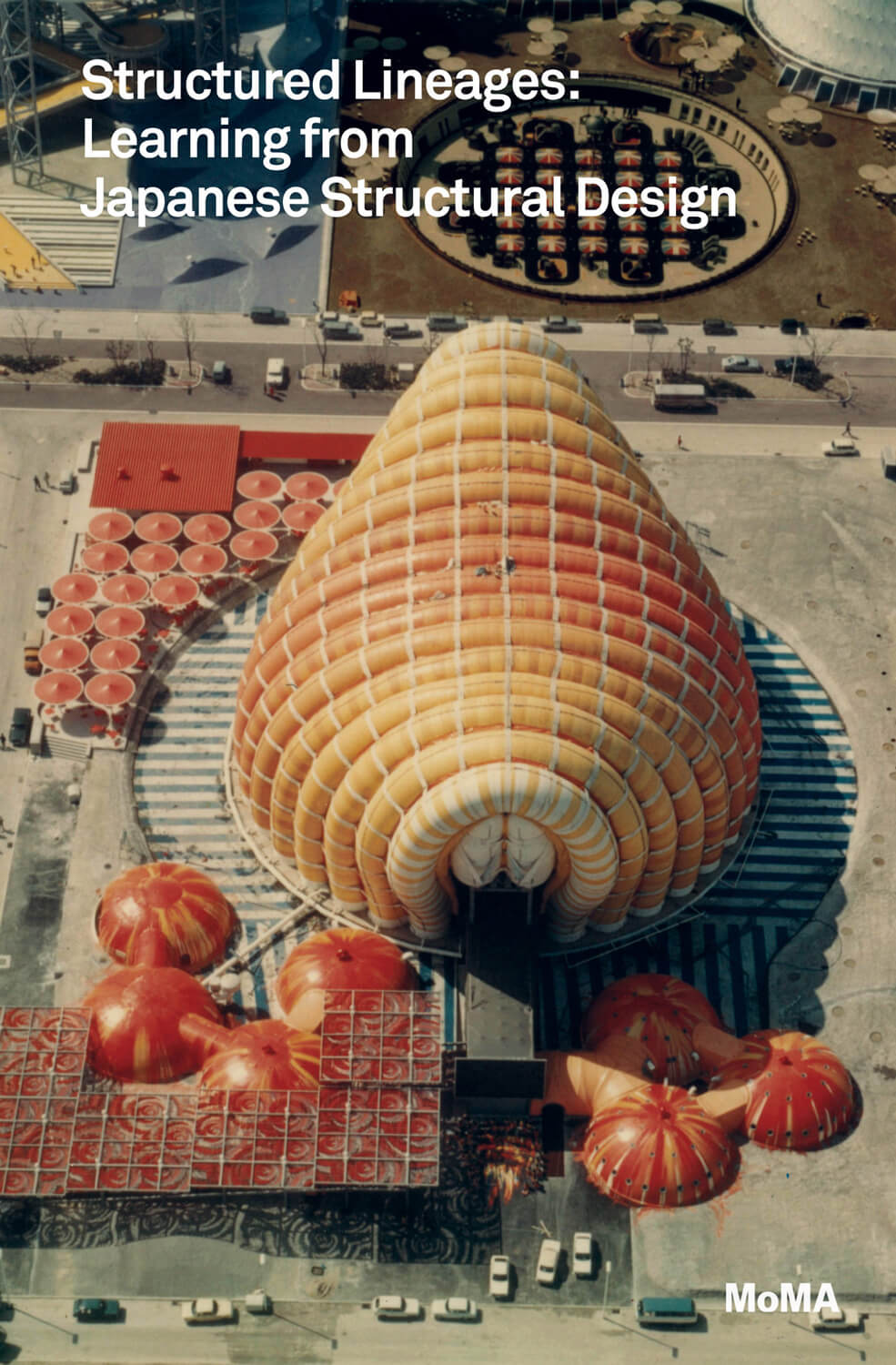
TRENDING
-
Paris, Tokyo: Robert Compagnon
With his co-chef and talented wife, Jessica Yang, Robert Compagnon opened one of the top new restaurants in Paris: Le Rigmarole.
 3:31
3:31 -
The Sources and Secrets of Japanese Tattooing
During their journey through tattooing across the world, the French authors met one of the last tebori masters in Japan.

-
Love Wrapped Up by Haruhiko Kawaguchi
Japanese artist Haruhiko Kawaguchi, or Photographer Hal, takes on his series 'Flesh Love' photographs of couples wrapped up against one another.

-
Brutal Ceramics: Ceramics in its Pure Form
The range offered by Estelle at Brutal Ceramics is as eclectic and sharp as the creator of the online shop is passionate about craftsmanship.

-
Paris, Kyoto: Kohei Nawa
The Japanese sculptor Kohei Nawa talks us about his monumental work Throne currently displayed under the Pyramid of the Musée du Louvre in Paris.
 3:26
3:26




